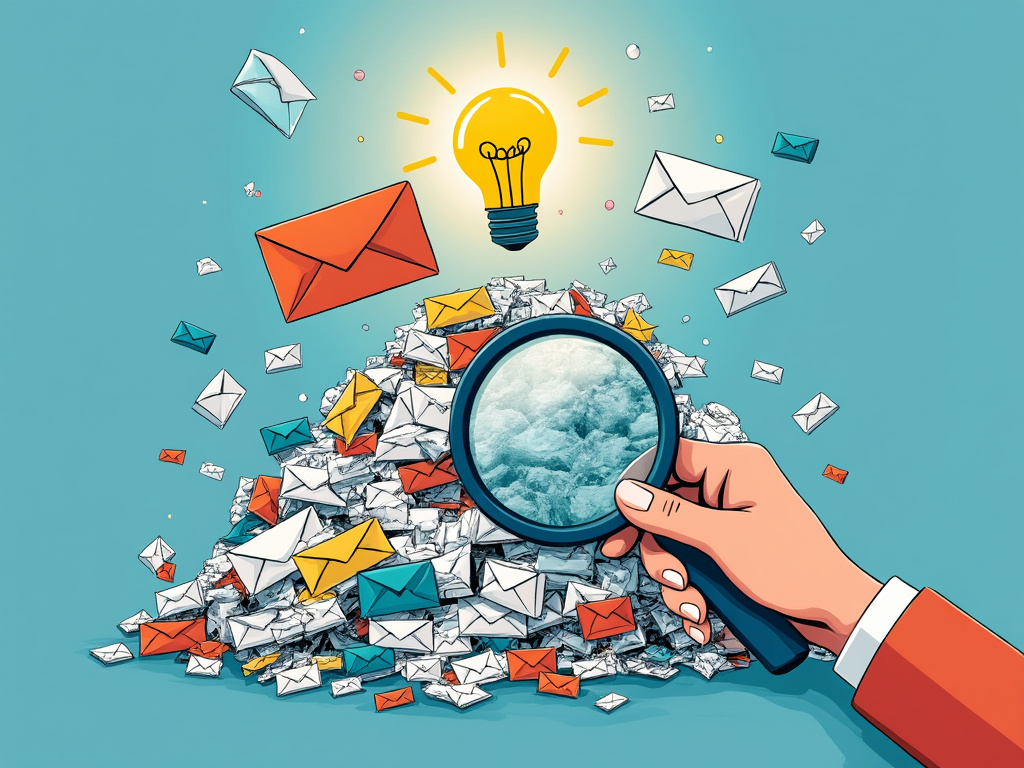How Spam Can Actually Boost Your Marketing Strategy: Unconventional Insights

In the ever-evolving landscape of digital marketing, where customer engagement and content relevance reign supreme, the mere mention of “spam” often elicits a negative reaction. However, what if I told you that under certain conditions, spam-like tactics can be harnessed to boost your marketing strategy? Let’s explore some unconventional insights that could transform your approach without leading you into the murky waters of true spam.
Understanding Spam: A Double-Edged Sword
Spam is often viewed as the bane of the online experience. It clutters inboxes and frustrates users, but at its core, spam exists because it has been proven effective in eliciting responses from recipients—albeit often in a less-than-ideal manner. If you want to draw valuable insights from this phenomenon, consider the following:
– Direct Appeals Work: The most blatant spam messages use straightforward language and direct appeals. While their tactics may be unrefined, there is merit to their clarity and urgency. A well-crafted marketing message can borrow these ideas to cut through the noise without falling into true spam territory.
– Frequency Continues to Matter: Spam messages are often sent at high frequency to maximize reach. For e-stores, consistent messaging that invites customers back can lead to higher engagement rates. Just be mindful of your audience’s tolerance—there’s a fine line between consistent and bothersome.
Leveraging Ad Creativity from Spam Tactics
The lift from spammy emails often lies in their outrageous creativity, which, ironically, can inspire your strategies if you know how to refine them. Here’s how to do it effectively:
- Catchy Subject Lines: The key to successful email opens is an irresistible subject line. Take a leaf from spam’s book and try something unexpected and fun. Compare offers to pop culture references or inject humor into promotions. Adding personalization can also help increase engagement.
- Bold Visuals: While spam emails may employ garish designs, strategically using visuals can enhance your messaging. Think playful graphics or attention-grabbing colors that align with your brand’s identity. Create templates that stand out but still maintain professionalism.
- Exclusivity and FOMO: Spam often creates a sense of urgency or exclusivity (“Only 10 left!”). While you don’t want to mislead, incorporating scarcity and time-bound offers can catalyze action among your customers. A tool like Incomaker can help you segment your audience and deliver personalized messages that leverage this urgency effectively.
Harnessing Data for Targeted Campaigns
True spam may cast a wide net, but the effective use of data can refine your focus and help you land in your customers’ good graces. By analyzing customer behaviors and interests, you can create more insightful campaigns that resonate with their needs. Here’s how to harness data:
– Segmentation: Use data analytics to segment your audience based on purchase habits, interactions, and preferences. By understanding who your customers are, you can tailor your campaigns in a way that feels personal rather than spammy.
– A/B Testing: Just as many spam emails are sent in various formats to see what sticks, your campaigns should involve A/B testing. Experiment with different subject lines, images, and CTAs. Track open and click-through rates to refine your strategies iteratively.
– Feedback Loops: Encourage customer feedback, and use it to adjust your messaging. By making customers feel involved, you shift from unwanted solicitations to genuinely valuable communications.
Creating Value in E-Mails
At the heart of every successful marketing strategy is the ability to provide real value to your customers. Rather than pushing products aggressively like spam does, consider focusing on guidance and support:
- Educational Content: Share helpful tips, how-to guides, or expert advice that relates to your products. This positions your brand as a helpful resource rather than just another seller, transforming potential spam into something valuable.
- Product Recommendations: Offer product suggestions based on past purchases or browsing behaviors, which enhances the shopping experience versus sending generic sales pitches.
- Customer Stories and Testimonials: Showcasing satisfied customers can strengthen your appeal. This not only builds trust but also draws a clear line away from spammy tactics by emphasizing social proof.
The Ethical Edge: Building a Respectful Relationship
The fine print in this discussion of spam-like tactics is respect. The key to a successful marketing strategy is to avoid alienating your audience, which means:
– Opt-In Methods: Always ensure that your communication is well-received through opt-in methods. Consent-driven marketing not only keeps you out of the spam folder but builds trust.
– Easy Opt-Outs: Make the process of unsubscribing simple. By respecting your customers’ choices, you’ll foster goodwill and potentially bring them back in the future.
– Transparency: Be honest about why you are reaching out and what kind of value they can expect. Transparent communications create stronger connections over time.
By taking unconventional insights from spam while steering clear of its pitfalls, e-stores can create exciting, relevant, and engaging marketing campaigns that resonate. With the right tools—like Incomaker for email automation—you can harness these insights to create a more connected and valuable experience for your customers. So, the next time you think about spam, flip the script and consider how its lessons might guide your strategy in a positive way.



